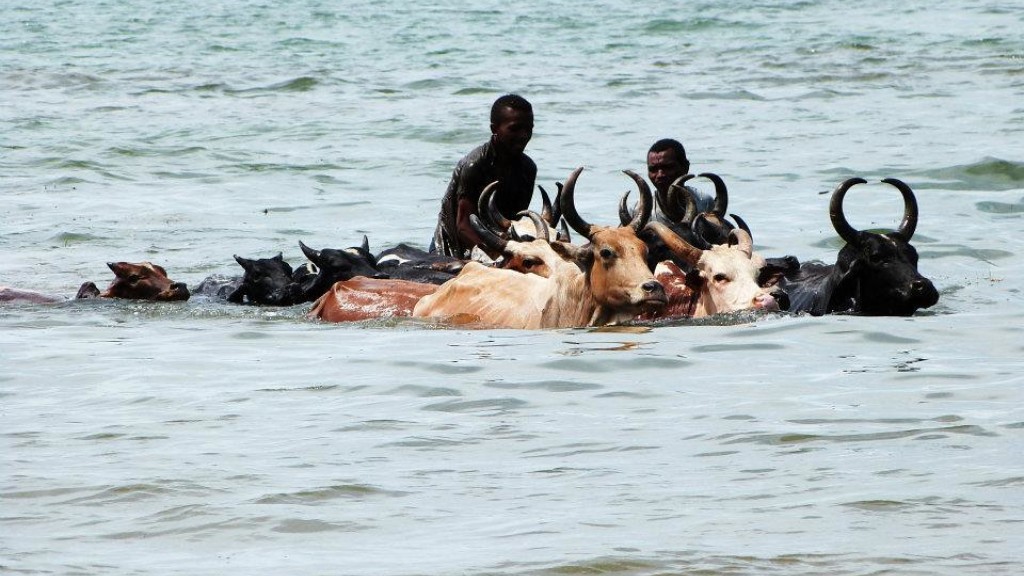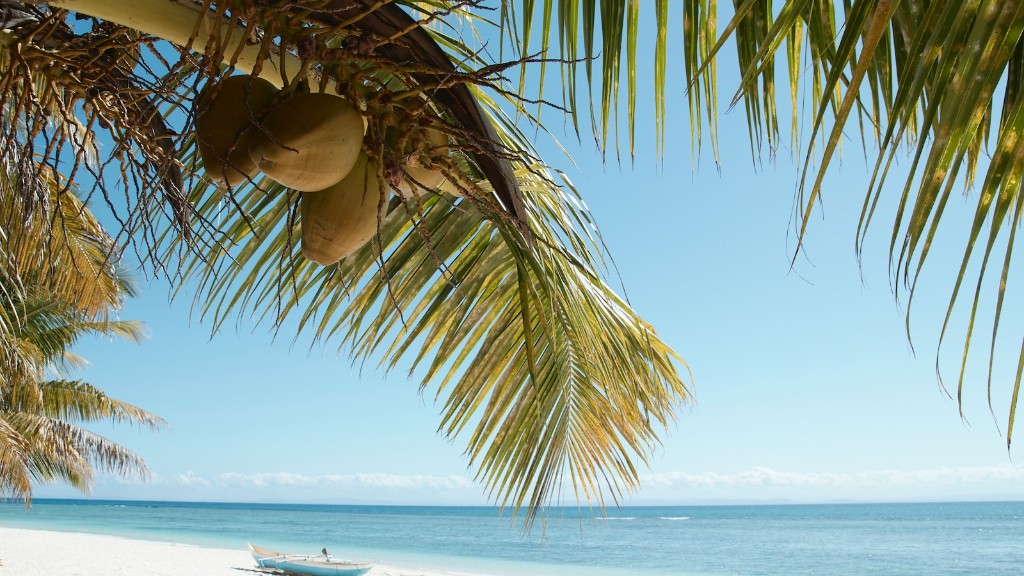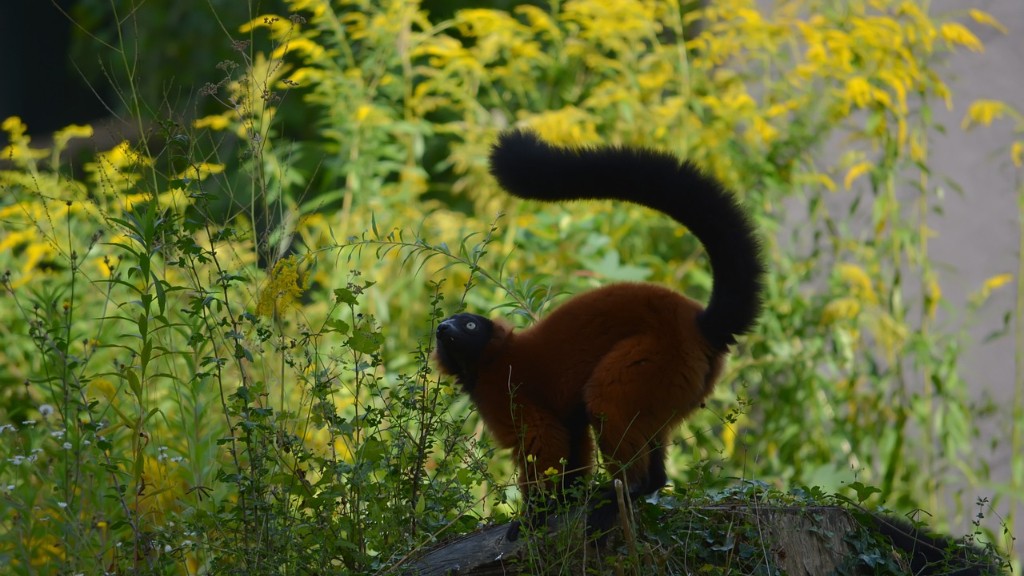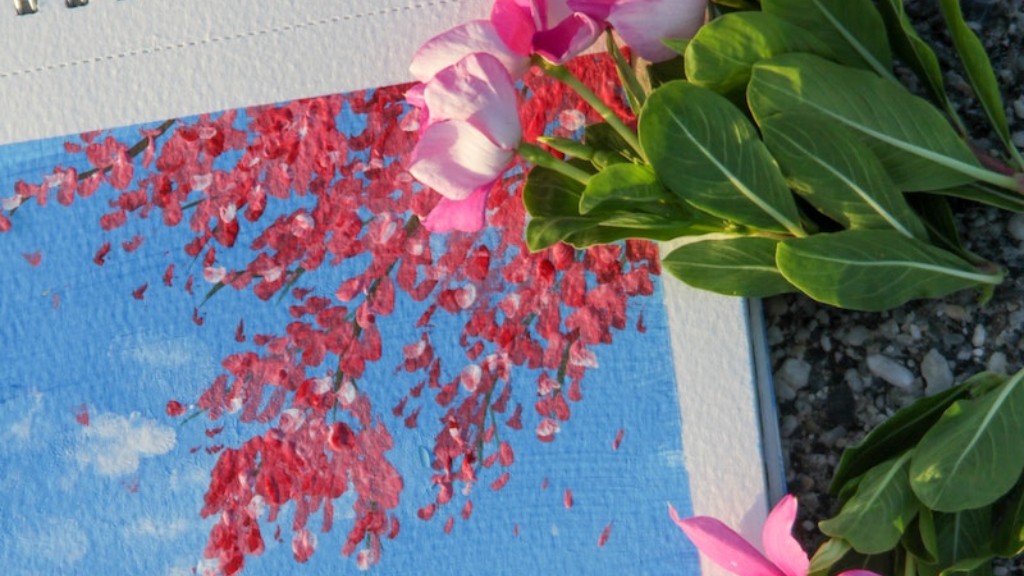How Do Families in Madagascar Cook Food?
Madagascar, an island nation located off the eastern coast of Africa, is known for its rich cultural heritage and diverse cuisine. The traditional methods of cooking used by families in Madagascar reflect the country’s unique blend of Malagasy, African, and French influences. In this article, we will explore the traditional cooking techniques, ingredients, and the significance of food in Malagasy culture.
Background: The Malagasy Culinary Heritage
The cuisine in Madagascar is deeply rooted in the cultural traditions of the Malagasy people. It consists of a variety of dishes that showcase the island’s abundant natural resources, including rice, seafood, meat, and tropical fruits. Rice, in particular, holds a central place in Malagasy cuisine and is considered the staple food.
The food preparation methods in Madagascar have been passed down through generations, maintaining their authenticity and significance. Many families still embrace these traditional techniques, valuing their connection to their ancestors and the land.
Traditional Cooking Techniques
1. Using Open Fire: The majority of families in Madagascar still rely on open fire for their cooking. They use various types of wood, such as charcoal, to fuel the fire. This method allows for high heat, quickly cooking the food while infusing it with a distinct smoky flavor.
2. Clay Pots: Another important element of traditional cooking in Madagascar is the use of clay pots. These pots are used for slow-cooking dishes, allowing the flavors to meld together over time. The clay pots retain heat exceptionally well, ensuring that the food remains warm for an extended period.
3. Steamers: Steaming is a popular cooking method used for preparing a variety of dishes in Madagascar. Families utilize bamboo steamers to cook rice, vegetables, and seafood. Steaming helps retain the nutrients of the ingredients while creating a moist and flavorful taste.
Traditional Ingredients
1. Rice: As mentioned earlier, rice is the foundation of Malagasy cuisine. The most commonly used variety is white rice, which is cooked until perfectly fluffy. It accompanies almost every meal, be it seafood, meat, or vegetable dishes.
2. Seafood: Given Madagascar’s coastal location, seafood plays a significant role in the Malagasy diet. Fresh fish, shrimp, crab, and lobster are popular choices. These ingredients are often cooked with aromatic spices and herbs, such as ginger, garlic, and lemongrass, creating tantalizing flavors.
3. Meat: Alongside seafood, meat, including poultry, pork, and zebu (a local breed of cattle), is widely consumed. It is typically marinated with traditional spices, such as black pepper, turmeric, and cloves, before being grilled or slowly cooked.
The Role of Food in Malagasy Culture
In Malagasy culture, food holds deep social and symbolic significance. Sharing a meal is considered an essential part of building and strengthening relationships. The act of cooking and serving food is an expression of love, hospitality, and respect for one’s guests.
Moreover, certain dishes are associated with specific occasions and celebrations. For example, during famadihana, a traditional exhumation ceremony, families gather to honor their ancestors. They share a special dish called “romazava,” a flavorful stew made with various leafy greens, meat, and spices.
Food also plays a role in spiritual beliefs. Some Malagasy people believe that certain ingredients possess magical properties, such as the power to ward off evil spirits or bring good fortune. These beliefs add an extra layer of significance to the food consumed in daily life and during rituals.
Health and Sustainability
The traditional cooking methods and ingredients in Madagascar contribute to a healthy and sustainable way of eating. The reliance on fresh, locally sourced produce ensures that meals are packed with nutrients. The use of open fire and clay pots reduces the need for modern cooking appliances, thereby reducing energy consumption.
Furthermore, the emphasis on seasonal and locally available ingredients promotes sustainability. Malagasy families have long practiced self-sufficiency, growing their own vegetables and raising livestock. This approach reduces the reliance on imported and processed foods, supporting the local economy and reducing the carbon footprint.
Conclusion
The traditional cooking methods and practices of families in Madagascar not only provide a glimpse into the country’s rich cultural heritage, but also offer valuable lessons on sustainability, community, and the art of creating flavorful and nourishing meals. Through their resilience and preservation of age-old techniques, Malagasy families continue to celebrate their culinary traditions, passing them on to future generations.




